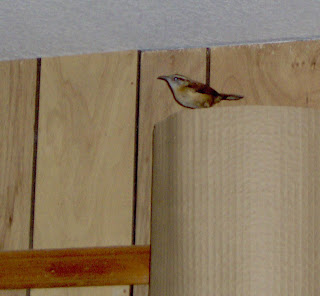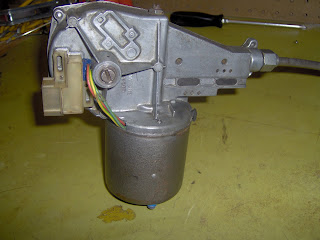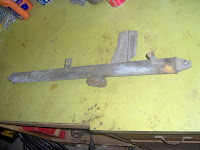This week I accomplished on the car:
Zero, nada, zip, zilch, diddly.
OK, it wasn't that bad, but there isn't much either to talk about or share visually either. I was about to take my rotors and drums to be resurfaced, but decided at the last minute to clean them first. I was glad I did, too, because once they were free of rust, one could actually read the engravings indicating the minimum thicknesses! (I bought myself a Clymer manual, but it has as much to say on the subject as the third paragraph of this blog.) This brought to light something I should have noticed much earlier - which is that one of the rotors is much thinner than the other. So thin, in fact, that it is already nearly half the minimum thickness. (Not good!)
The rotor on the left is slightly thicker than the minimum, so I will have it "trued" and replace the one on the right. Note that whoever surfaced the thin one not only doesn't understand the term "minimum", but took the majority of the thickness off of a single side. . .
The drums are both similar in size and have enough spare to be "trued" as well.
I also spent two days cleaning a half gallon tub of bolts, screws, nuts, washers, clamps and other doohickies. (I'll spare you the visual).
This evening, this little guy took up residence in my shop and wouldn't leave. As you can see, he moved around the shop quite a bit. I think he was hunting bugs attracted to the overhead lights.

























